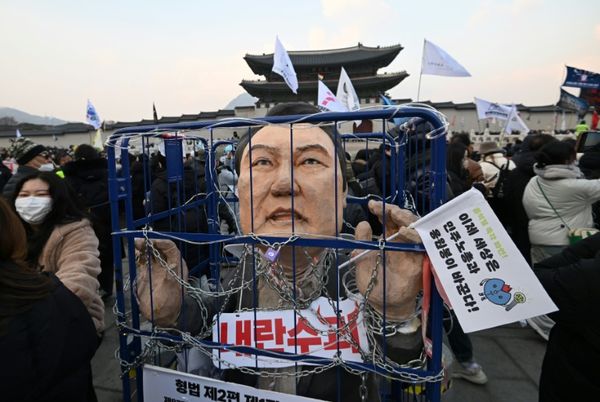
It’s very easy to laugh at the Bureau of Meteorology over its ill-timed rebranding.
Of course, it should not have been announced in the midst of a weather-related flooding crisis. And of course, it should have properly secured the relevant Twitter handles.
But maybe it’s time to ease off on the fit of giggles and take a more objective look at what happened.
The Bureau quite properly took time to review its brand and recognised that “BoM” and “Weather Bureau” failed to reflect its much broader responsibility for scientific data about climate change and long-range data projections for economic impact.
Refreshing the brand is standard practice for businesses, organisations and even politicians. Think no further than Anthony Albanese and his “suave new look” with smart suits, weight loss and designer glasses before the 2022 election. Or when Victorian opposition leader Matthew Guy tried to persuade the media to start calling him Matt.
It wasn’t some rushed decision for the Bureau. The tender to help them undertake the rebrand was from September 2021 until January 2022. And the subsequent months have doubtless been spent finalising the plan and communicating with stakeholders.
The roll-out and the timing were undoubtedly clumsy, but does that warrant the recent storm of criticism?
It would seem that much of the media tut-tutting was not about the rebrand itself but the cost — reported to be in total about $220,000. The fact that news.com.au declared that sum as “eye-watering” simply shows how little reporters know about such business costs.
The reported $220,000 is reasonable, including as it does consulting, design and implementation spread over a year. For comparison, it is about half the parliamentary salary of Environment Minister Tanya Plibersek, who declared she had queried the cost. She also added a predictable political kicker that the process had begun in the previous government.
So how does that amount really compare?
Earlier this year, The Daily Telegraph revealed the NSW government spent more than $754,000 over two years on rebranding, including style guides, templates and a change to the official font used by government departments.
And in 2019, there was more confected outrage when the Australian Securities and Investments Commission (ASIC) spent $100,000 on a rebrand that was largely just a new typeface on its logo.
Then of course there was $240,000 for the new logo for the City of Melbourne in 2009; $625,000 for the much-despised logo for the London Olympics in 2012; and US$1.8 million when the BBC rebranded its logo to neat white letters inside little black boxes.
But such numbers fade into insignificance when it comes to the commercial world.
BHP Billiton reportedly spent $3 million on its new “blob” logo in 2001 (abandoned in 2017), and the ANZ Group is said to have spent $15 million on its new logo and all the other material to support its rebrand in 2009.
And who can forget the grand-daddy of them all: when BP decided to “go green” and rebrand its petrol stations and other facilities across the world. The cost has been reported at US$211 million, including US$4.6 million for the environmentally friendly logo alone.
That is not to suggest for a moment that The Bureau of Meteorology can be compared with a global fossil fuel giant. And let’s overlook the ABC pompously announcing that it will decide what to call the Bureau “because the proposed change doesn’t seem popular”.
However, the whole incident should be a reminder to politicians that next time they decide on the departmental reorganisations they seem to love: we will all be asking what it cost for all that new signage and stationery and all the other things that go with a rebrand.







